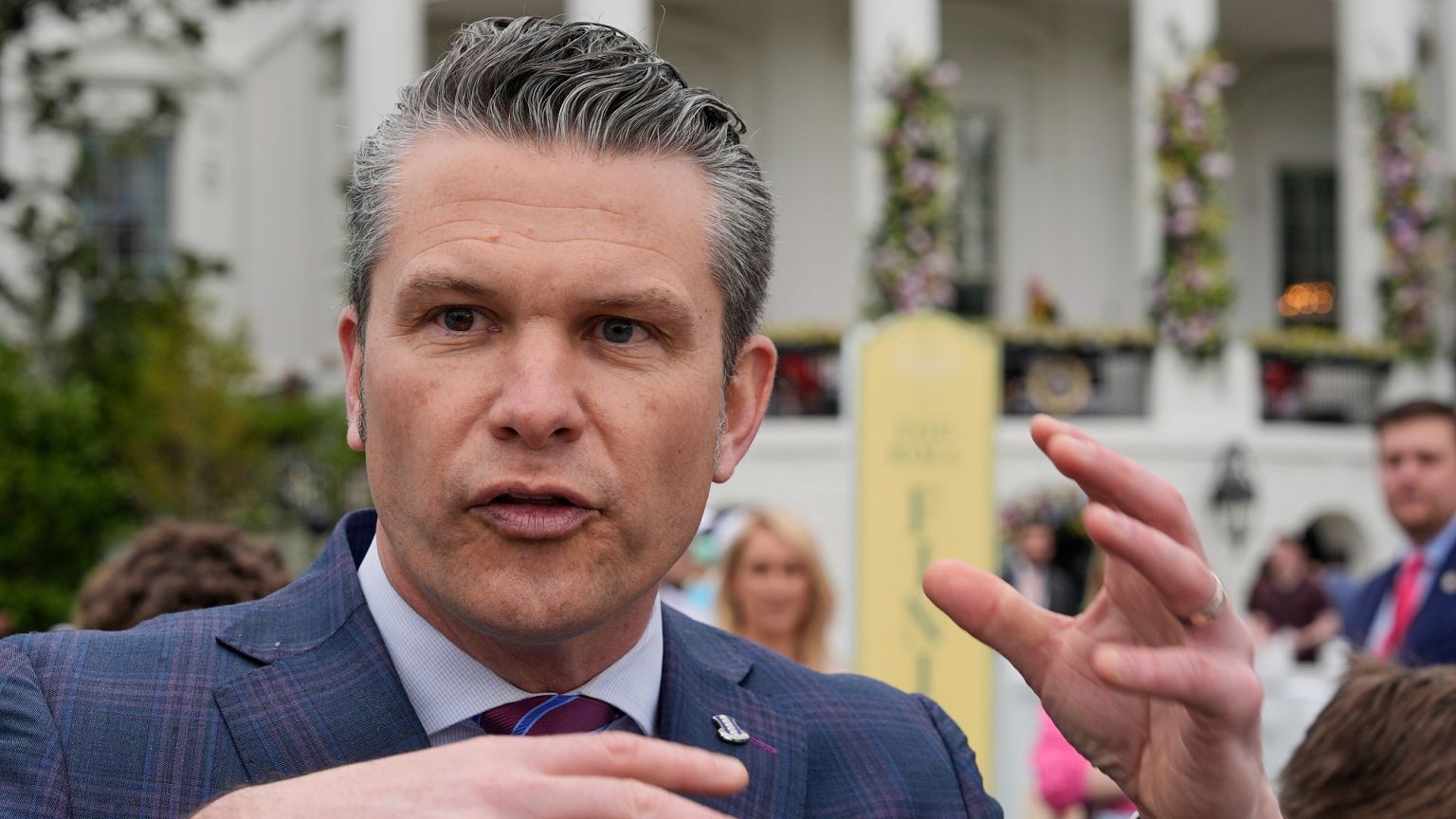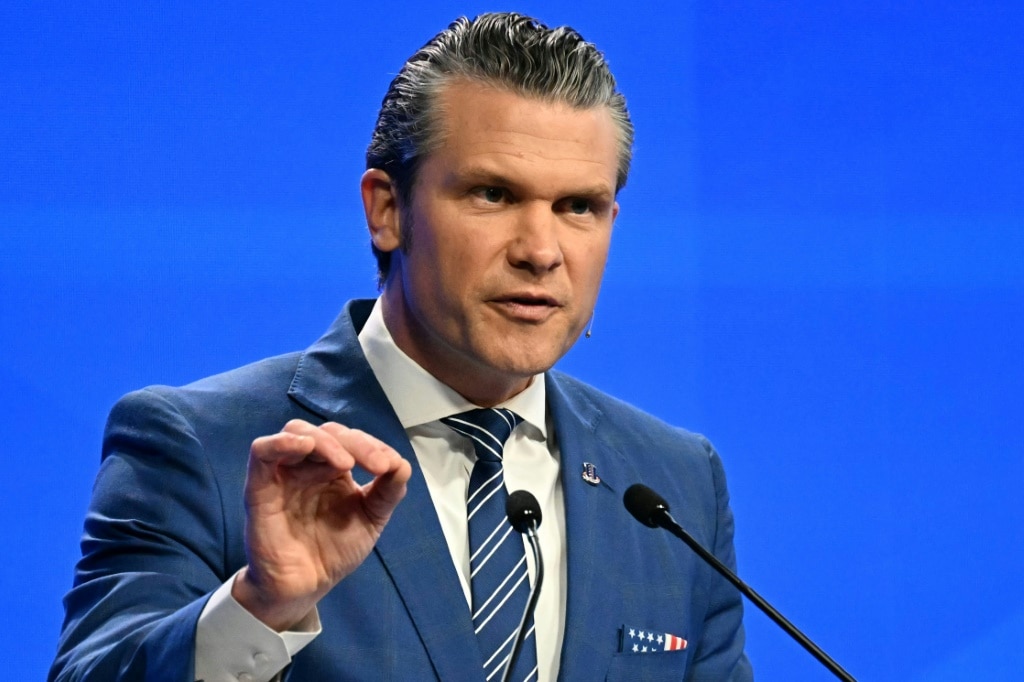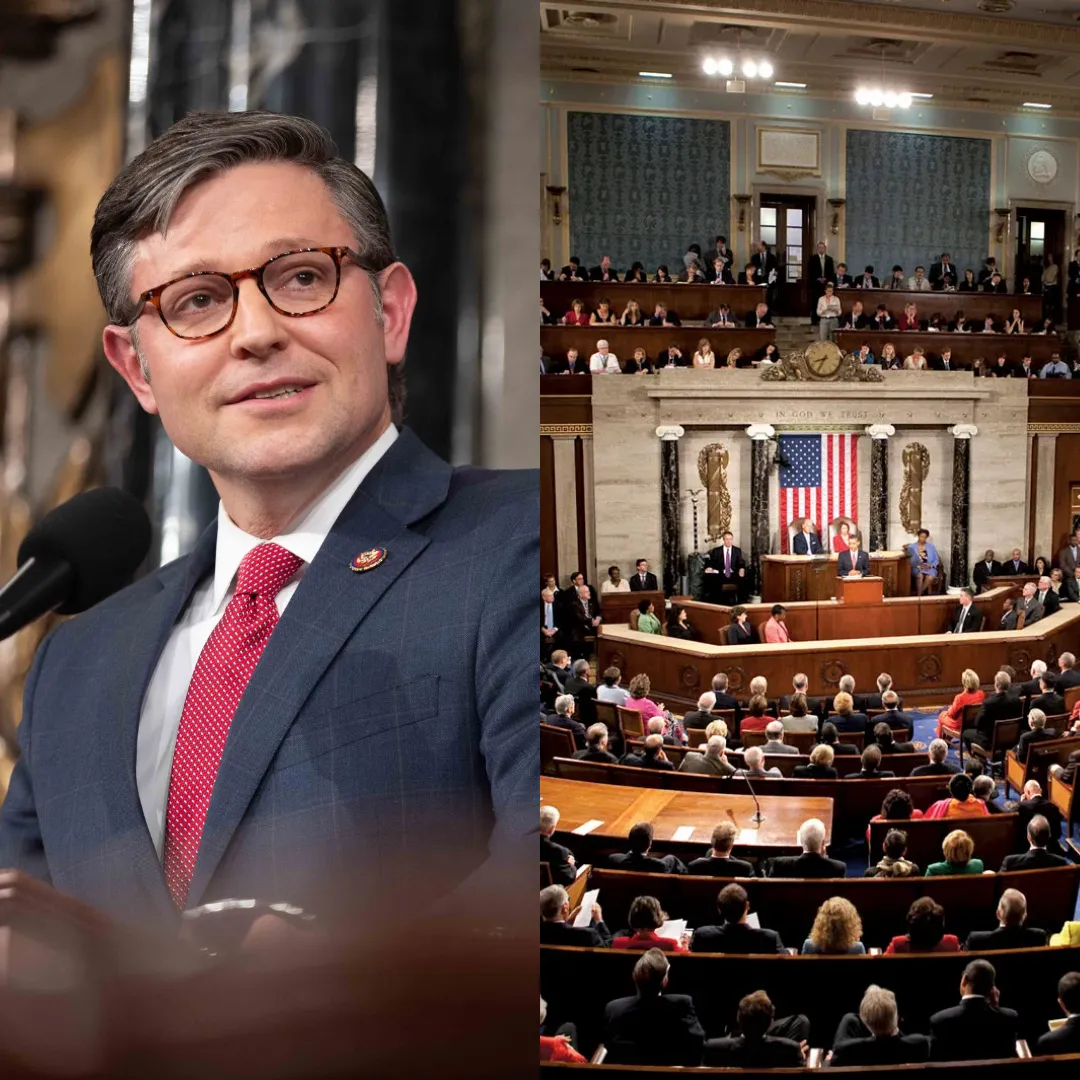
The relationship between the United States Defense Department and the press has dramatically worsened as a series of aggressive actions led by Defense Secretary Pete Hegseth continues to transform the way the Pentagon interacts with journalists.
Once regarded as a complex but generally functional dynamic, the Defense Department’s connection with the media is now strained to a near-breaking point, following a slew of measures that insiders describe as a deliberate campaign to curtail press access and control the narrative emerging from one of the nation’s most powerful institutions.
At the heart of this controversy are moves by Hegseth and his team to physically and operationally limit reporters inside the Pentagon. Among the most striking actions was the removal of desks previously allocated to prominent legacy media outlets, including NBC News, The New York Times, NPR, Politico, CNN, The Washington Post, The Hill, and The War Zone.
The displaced journalists were forced to vacate their long-held spaces to make way for outlets considered more favorable to the current administration, such as One America News Network, the New York Post, Breitbart News, Newsmax, the Washington Examiner, The Daily Caller, and The Free Press.
This reshuffling was justified publicly as a media rotation program but drew sharp criticism from the Pentagon Press Association, which called the move unreasonable and damaging to press freedom.
Simultaneously, access within the Pentagon has become more restricted. Reporters are now barred from the Pentagon briefing room unless an official briefing is scheduled, a rare occurrence under the current leadership, with only one such briefing taking place in over five months.
This restriction has a practical impact beyond symbolism, as the briefing room is one of the few areas in the building where Wi-Fi is available for journalists to file stories in real time. The decision has therefore severely hampered the daily operations of the Pentagon press corps.
The staffing situation within the Pentagon’s own public affairs office has further complicated matters. At least twelve officials have reportedly left the department’s public affairs team in recent weeks, leaving what was a staff of thirty-two at the start of the year significantly diminished.

The resulting vacuum in communications capacity has made it difficult for the department to respond effectively to a series of scandals and public relations crises.
Despite this, the Defense Department maintains an active DOD Rapid Response account on the social media platform X, which frequently touts transparency while simultaneously promoting positive coverage of Hegseth and disparaging critical reporting.
Observers warn that the broader implications of these actions extend beyond the confines of media relations. Jonathan Katz, senior director for the Anti-Corruption, Democracy, and Security Project at the Brookings Institution, voiced concerns about the potential damage to public understanding of national security issues.
Katz argued that the American public relies on transparent communication from the Defense Department to remain informed about matters that directly affect both national security and daily life.
He contended that under Hegseth’s leadership, the Pentagon appears to be deliberately withholding critical information from the public, a situation he described as deeply problematic.
Adding to the controversy, Defense Secretary Hegseth has shown a strong preference for controlling how he is portrayed in the media. His public appearances are carefully orchestrated, often occurring alongside President Trump or during official trips, with a select group of reporters invited to cover the events.
On a recent visit to Guantánamo Bay, Hegseth took only one reporter, Fox News host Laura Ingraham, a former colleague, thereby ensuring favorable coverage.
This pattern of selective access is seen by critics as part of a broader strategy to shape media narratives rather than engage openly with the full spectrum of journalistic voices.

Internally, the Pentagon has shifted toward using highly produced video content to disseminate information. Near-weekly situation reports, featuring scripted video updates, are released from the Pentagon promoting positive headlines and an appearance of transparency.
However, these videos offer no opportunity for real-time questioning or journalistic scrutiny, a practice that former Pentagon official and current Syracuse University public affairs professor Alex Wagner argues undermines trust among service members and the public.
Wagner expressed surprise that President Trump’s administration, which has repeatedly claimed to be the most transparent in history, would tolerate such restrictive practices within its defense apparatus, especially given the more open press engagement seen at the White House and State Department.
The restrictions on physical access have grown even more severe in the wake of recent controversies. Following headlines revealing that Hegseth mishandled sensitive information in March by sharing detailed military strike plans in a Signal chat that included a journalist, further limits were imposed on reporters’ movements within the Pentagon.
A memo dated May 23, signed by Hegseth himself, restricted access to key areas of the building, including his office spaces and those of the Joint Chiefs of Staff.
Reporters are now required to obtain official approval and be escorted by the Office of the Assistant to the Secretary of Defense for Public Affairs to enter these zones.
Critics argue that this measure erodes a longstanding tradition of relatively open press access within the Pentagon, one that persisted through both Republican and Democratic administrations.
Chief Pentagon spokesperson Sean Parnell defended these restrictions on X, describing them as pragmatic changes intended to protect operational security.
Yet the Pentagon Press Association issued a strongly worded statement condemning the move as a direct attack on press freedom and the American public’s right to know what its military is doing.
The association further noted that the new restrictions impede the ability of journalists to freely access military press officers, whose role is specifically to facilitate transparency and answer media queries.
Support for the press corps’ position has come from prominent journalism organizations. The National Press Club called on the Pentagon to reverse its course, warning that limiting access does not enhance national security but rather undermines public trust.
Military Reporters and Editors, another influential group, stated that the current restrictions are unprecedented in Pentagon history and are designed not to protect the republic but to chill journalistic activity.
The organization argued that these measures do a disservice to American troops, veterans, and their families, who depend on a free press to illuminate issues of vital importance.
The situation shows no signs of improvement. Hegseth’s memo hinted at additional limitations on the horizon, suggesting that reporters may soon be required to sign pledges to protect sensitive military information or face revocation of their press credentials.
Jonathan Katz criticized what he sees as a double standard emerging within the Pentagon, where transparency and accountability are demanded of others but not practiced by the department itself.
Katz warned that the American public is losing faith in the Defense Department’s commitment to truthful communication and that such erosion of trust carries serious consequences for the functioning of a democratic society.

Compounding the atmosphere of mistrust is the apparent decline in meaningful press briefings. Chief spokesperson Parnell has appeared on camera for a formal press briefing only once since assuming his role in February.
Hegseth has yet to address reporters in the Pentagon’s briefing room, preferring tightly controlled settings where difficult questions are unlikely to arise.
This stands in stark contrast to previous norms, where Defense Secretaries from both parties regularly engaged with the press in open forums within the building.
Critics argue that this pattern of avoidance reflects a deeper cultural shift under Hegseth’s leadership, one that prioritizes message control over genuine engagement.
The near-exclusive reliance on prepackaged content and selective access is seen as antithetical to the principles of open government and democratic accountability.
As Alex Wagner noted, it is vital for service members, their families, and the American public to understand not only what the Defense Department is doing but why it is doing it. When that understanding is obstructed, confidence in leadership inevitably suffers.
The backlash from the media community has been swift and unified, with multiple press organizations sounding the alarm over the potential long-term damage to press freedoms.
The Pentagon Press Association, the National Press Club, and Military Reporters and Editors have all issued public condemnations of the recent restrictions, emphasizing the importance of preserving journalists’ ability to report freely from within the Pentagon.
Their warnings highlight the broader stakes involved, as constraints on Pentagon reporting not only hinder the media’s watchdog role but also deprive citizens of the information needed to hold their government accountable.
The cumulative effect of these developments is a Pentagon environment increasingly hostile to independent journalism. Reporters face growing obstacles to conducting their work, from loss of physical workspace to diminished access to key officials and information.
The shift toward a controlled and sanitized flow of information raises profound questions about the future of transparency at the Defense Department and the ability of the press to fulfill its essential role in a democratic society.
As Pete Hegseth continues to implement measures that further isolate the Pentagon from traditional media scrutiny, the battle over press freedom within the nation’s largest government agency is poised to intensify.
Whether internal or external pressure will prompt a reversal of these policies remains to be seen, but for now, the Pentagon press corps operates in an increasingly constrained and challenging environment, with implications that extend far beyond the walls of the building itself.




